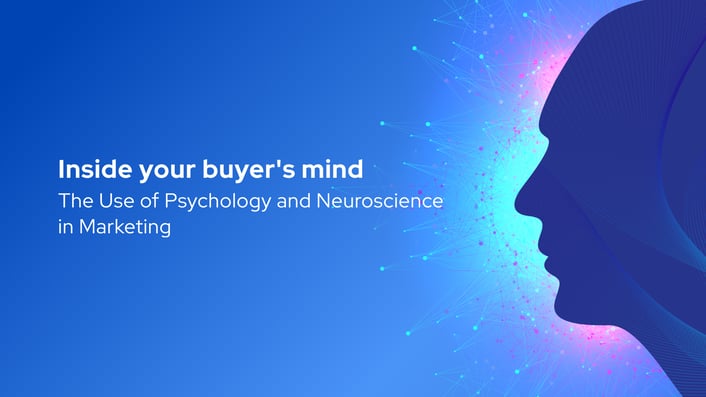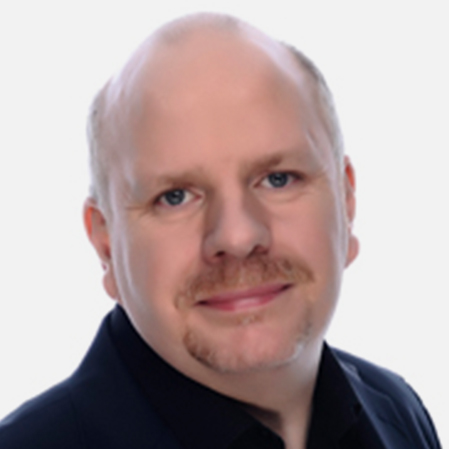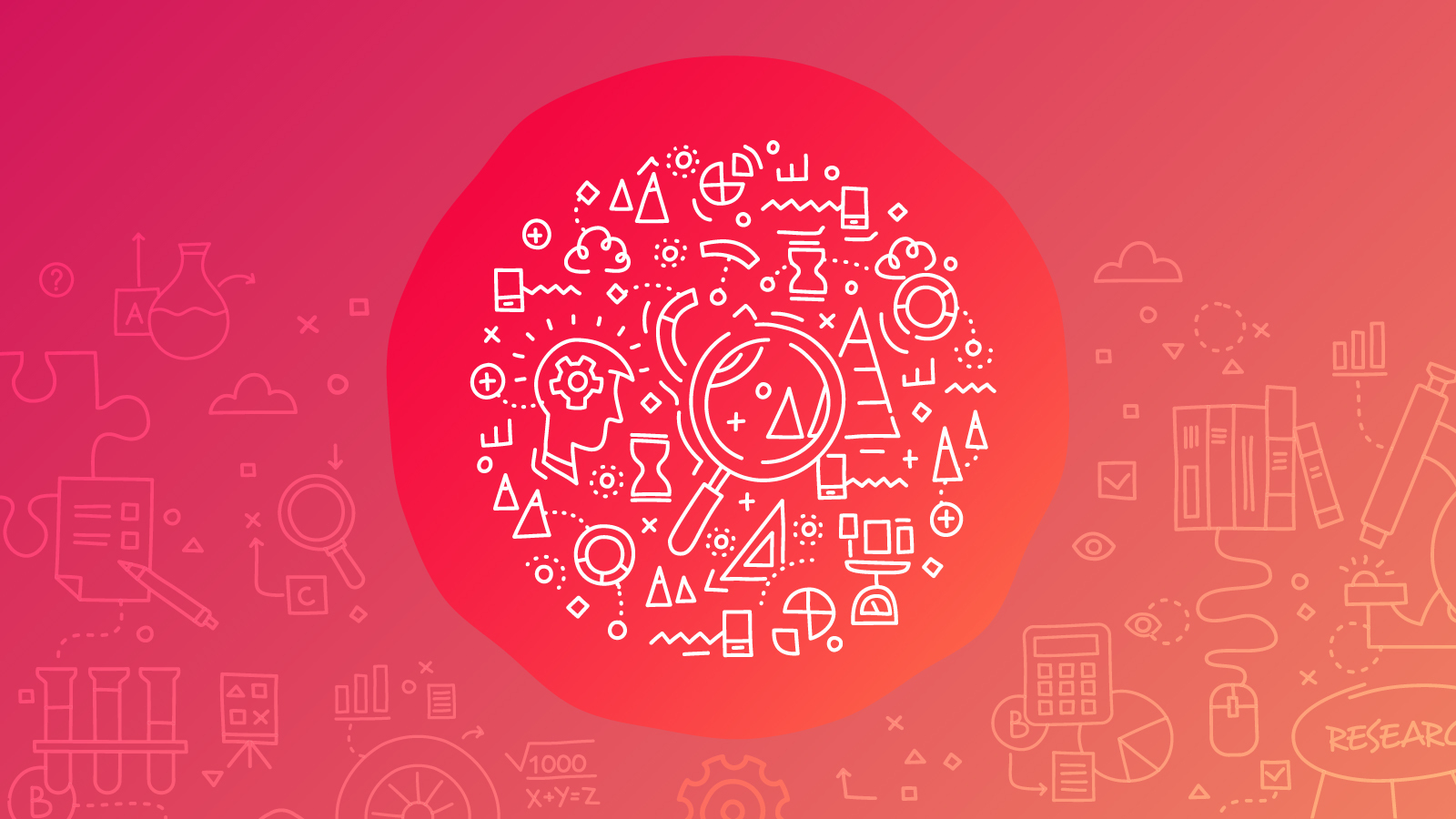The historian Joseph A. Tainter identified key factors that prove decisive in the collapse of societies. Principal among them was the tendency of societies to grow in complexity.
In the last few years physiological monitoring equipment has been getting smaller, cheaper and easier to use and has started to come out of the lab into the real world.
Artists, Makers and Biohackers have been exploring exciting new possible applications, from trying to increase flow and creativity to the ‘quantified self’ movement of self-tracking and self-discovery.
Moreover, this cheaper equipment allows the possibility of measuring physiology such as heart rate and brain waves, ‘in the wild’ from multiple people simultaneously in real-time.
This will open up new opportunities to study social interaction, group coherence and team dynamics and how this effects prosocial behaviours and team performance, from the theatre to the boardroom and beyond.
However, the hardware may be improving, but the software for recording multiple people at the same time still needs some work. Furthermore, we still have a lot to learn about how to design research protocols and analysis of hyperscanning data to unlock the full complexity of the human brain and the interaction of multiple brains. From decades of neuroscience research, we now know that “neurons that fire together wire together” and this new and exciting field of hyperscanning could explore if “people who sync together link together”.
Inside your Buyer’s Mind: Use of Psychology and Neuroscience in Marketing
On the 30th June, the first ever Aston University and Cognition Agency hosted event took place which looked inside your buyer's mind.
The event had inspiring and informative talks by leading psychologists and neuroscientists from Aston University’s School of Psychology, Warwick University’s Business School and Cognition Agency. Among the topics covered included Web3 and HubSpot.
My event talk overview:
Talk: All the world's a lab
The use of low-cost electroencephalogram (EEG) headsets for real-time Hyperscanning in a theatre.
This talk is about a project at the Barbican with the director, playwright, and performer, Simon McBurney of Complicite. We recorded the brain waves of 20 people at the same time for 3 nights, while they experienced the amazing production of ‘The Encounter’ with a thousand other audience members wearing headphones. In this one man show, Simon McBurney used a 3D binaural dummy head microphone, to transport the audience to the Amazon rainforest. This talk will discuss some of the issues of running a Hyperscanning studies outside the controlled environment of a Lab.





